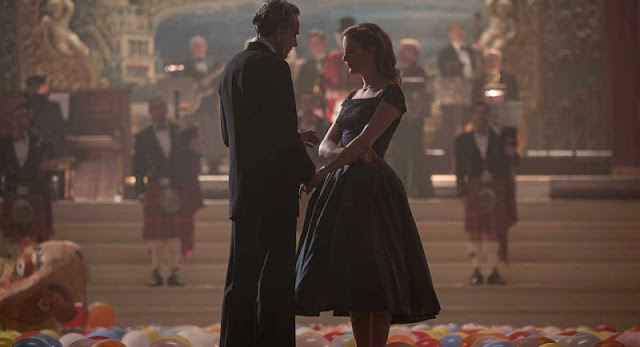August 2018 Recap

( Source ) Last August, I was preparing to begin my first semester of my freshman year in university, and I went all out, watching as many movies as I could squeeze into my days. It was Summer Under the Stars on TCM, and I exclusively watched movies playing on the channel during that month, making a point to watch at least one film from each featured star. I considered trying that again this year, but I just wasn't as enthused by the selection of stars and films this year as I was in 2017--and more than that, I was feeling kind of burnt out this month and did not want to commit myself to any specific movie-watching challenges. The closest I came to that was getting a few 2017 releases out of the library and watching through them; this turned out to be a great decision, as most of my selections were excellent and I discovered some new favorites among those films I missed out on seeing last year. My classic film watching was less successful, and I watched a disproportionate nu





